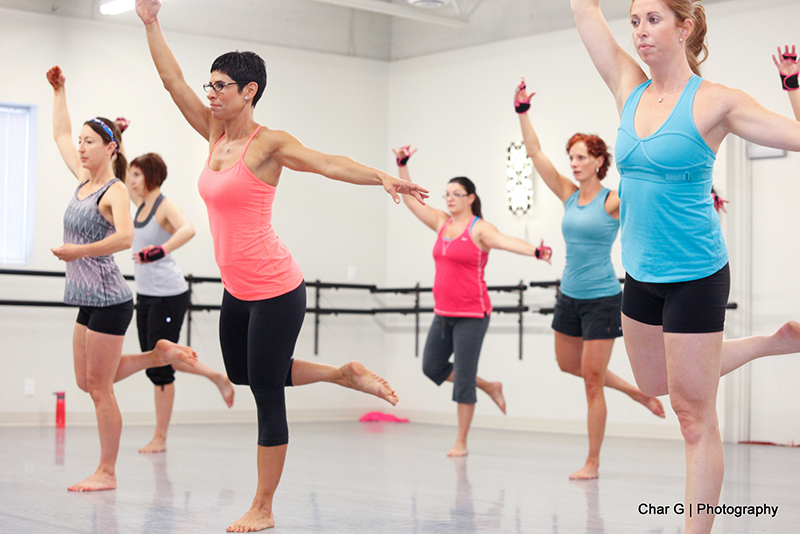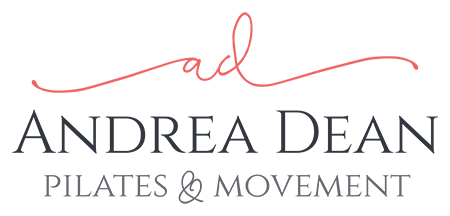
08 Feb Bones, Bone Heath, Bone Density, Bone Loss
Let’s look at building strong and healthy bones to support our movements!
Our everyday life impacts our bone health. The way we move, stand, carry ourselves, distribute weight and use our bones – shapes and loads our bones. Even wearing shoes with high heels effects our bones.
Bone health begins in childhood. Your peak bone mass is established while you are a juvenile. Your bone density will never become any higher than it is around the age of 17. Bone density and bone health starts declining around the age of 30.
Let’s get our children moving so they can become strong adults. Let’s help them lead less sedentary lives so they do not become high risk for hip fracture later in life. Let’s encourage them to hang onto the monkey bars to strengthen their wrists and upper body. Walking is also a great way to support healthy and strong bones.
Osteopenia and Osteoporosis, Bone Density, Bone Loss Terminology
Osteo (Greek for Bone)
Poros (Greek for Passage)
Osteopenia (a little bone loss, reduced bone mass of lesser severity than osteoporosis)
Osteoporosis (a medical condition in which bones become brittle and fragile)
Dexa (Low bone density test – Dual-energy X-ray absorptiometry (DXA, previously DEXA) is a means of measuring bone mineral density (BMD).
Low bone density – Osteopenia and Osteoporosis – is a site-specific disease.
Area of Bone Loss – ribs, wrists, vertebrae, head and neck of femur.
These areas are more prevalent for fractures – bones in these areas are the thinnest. Because the lack of use or movement in these areas we are putting these areas at greatest risk.
How do we strengthen the bones in these areas? What do we need to pay extra attention to in our workouts?
It is through both weight bearing, as well as resistance exercises that we build bone mass.
(Yay for Pilates Reformer to target legs and spine to build bone density and muscle strength.)
For those without bone loss, it is very important also to practice impact forms of exercise.
(Yay for Essentrics and Piloxing).
High intensity exercise is good to build bone and prevent fractures.
What builds muscles also builds bones.
Fact: If you do not fatigue in 15-20 reps of a certain exercise, then you are building cardiovascular strength – you can have an excellent endurance and cardiovascular strength but no muscle strength.
Come to my class to try a “sitting to rising” test to see how strong your muscles are.
Bone cells are made by your body. Bones are created by the activity of bones.
Gravity is our best friend in terms of preserving bone density and muscle strength.
Weight bearing exercise is what bones need (not too little or too much, just enough) to squish, load, stress the bone cells to generate, grow and develop strong bones.
You do not need to add a weighted vest to your torso or a dumb bell to your arms to create greater weight bearing for your hips.
Posture and alignment are crucial here – if the muscle is working correctly and pulls on the bone correctly – that stimulates the bone growth to improve the health of your bones.
If your hips are out in front of you because you wear high heel shoes, you could be taking the weight off of your hips, which will effect bone density. Your weight will not be distributed everywhere throughout the body.
If you carry more of your weight constantly on your right leg versus your left, you might expect to see less bone in the hip that is less weight bearing.
If your spine is curved forward all the time, you’re going to see bone loss in the spine vertebrae that no longer have the other vertebrae stacked above them. When the bones are not supporting the weight of the spine, your spine starts curling forward.
If you thrust your ribs forward, you are going to cause low bone density in the hip joints as well as the vertebrae. Again, different postures might significantly alter the loads in your spine.
Ribs do not bear or do very much except to protect the content of the rib cage cavity (lungs and heart, to name the main organs). However, the rib cage does move, facilitated by the muscles.
I love teaching Pilates because we move ribs and breathe correctly in the class.
Breathing causes your diaphragm to drop down and air comes in. Between every single one of your rib bones there are muscles that open the ribs – your internal and external intercostals. These muscles can atrophy and do not work in most people.
Some people lost mobility in their rib cage – ribs are being pushed and pulled by the activity of the muscles around the area of your thoracic cavity when you use the upper body.
(Think different rates and depths of breathing in famous Pilates Hundred exercise or lifting the arms over head for an example).
Yes, we work our ribs a lot in Pilates and Essentrics.
Our wrists are designed to do tons of movement – pushing, pulling, swinging, hanging. Gradual tension is good for building bones. It is not all just about compression.
Do not avoid being on all fours because it hurts, it will get stronger. If quadruped position is painful now, it might be a sign that you are not loading your wrists regularly and correctly and you might want to make it more of a priority.
Our body is a system. If you have moved a particular way your whole life, it might have caused bone loss in a particular area. So now, if you want to increase the strength of your bones in one particular area, you need to start moving your whole body (system) correctly and efficiently.
Fact: Bones develop based on how much weight they are bearing; Bone density testing in swimmers and cyclist reflects this and shows their densities to be less than other activities which require more weight bearing.
Swimming is not weight bearing exercise. Cycling is a great aerobic workout but it is not weight bearing exercise. You do not have to support your own weight to ride a bike. It is a resistance exercise. The pushing and pulling is great for your legs and arms, but what about your spine and ribs? Add in some cross-training activities that include impact and gravity forces – walking, dancing, Tai-Chi, skipping rope, plyometrics, (Yay, we do all these in Piloxing), a few time a week. Pilates is great to promote healthy and flexible spine.
Fact: 1of 2 women and 1of 4 men are in the risk of fracture by the age of 50
Fact: Walking is the best weight bearing exercise.
Question to ask your doctor: Where is the bone density low in my body? (Dexa screening)
Note for Pilates practitioners:
There are certain motions in Pilates workouts that are potentially dangerous to somebody with Osteoporosis or Osteopenia. Those motions are specifically forward bending of the spine (forward flexion). Some Pilates exercises are advised to be modified for those with the bone loss to prevent fractures during these motions.
Please, inform you Pilates instructor about your bone condition.
Movement from the hip – hip hinge – is an excellent and appropriate way to move for people with low bone density.
Focus on strengthening of the back muscle and the upper back extensors in Pilates is excellent for people with low bone density.
Pilates improves posture, alignment and balance to prevent falls and potential fractures.
From more information on bones and Pilates you can contact me through my website and I would love to help you to find our more about bone health.
I would love to work with you to customize your workout to your specific needs.


No Comments